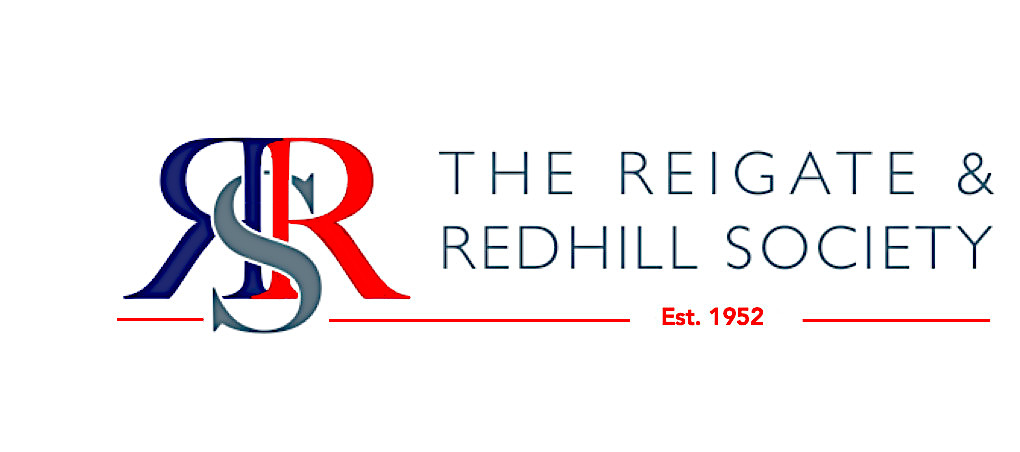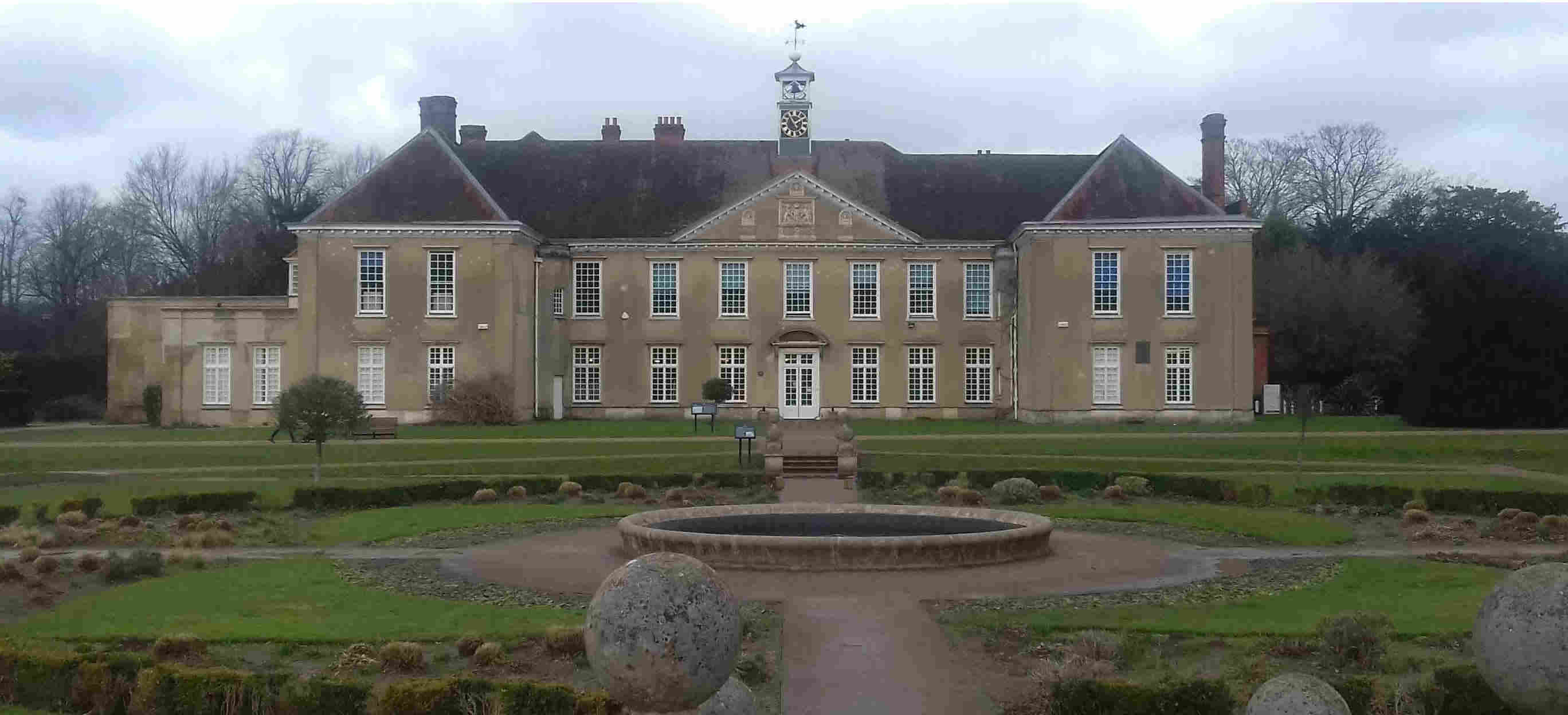Places of Interest on Reigate Hill
A good starting point is the free Wray Lane car park at the top of Reigate Hill. It is often difficult to park in good weather. If the walk up Reigate Hill is more than you wish to tackle, why not take a 420 or 460 bus? There is a bus stop nearby. The view out towards Gatwick Airport is immediately evident. On a good day you will be able to see the South Downs. A display panel points to the significant points of interest. Refreshments are available at the kiosk. There are footpaths towards Gatton and Merstham. The Pilgrim's Way passes through and this is a starting point for some long walks. Our route is west towards Dorking.
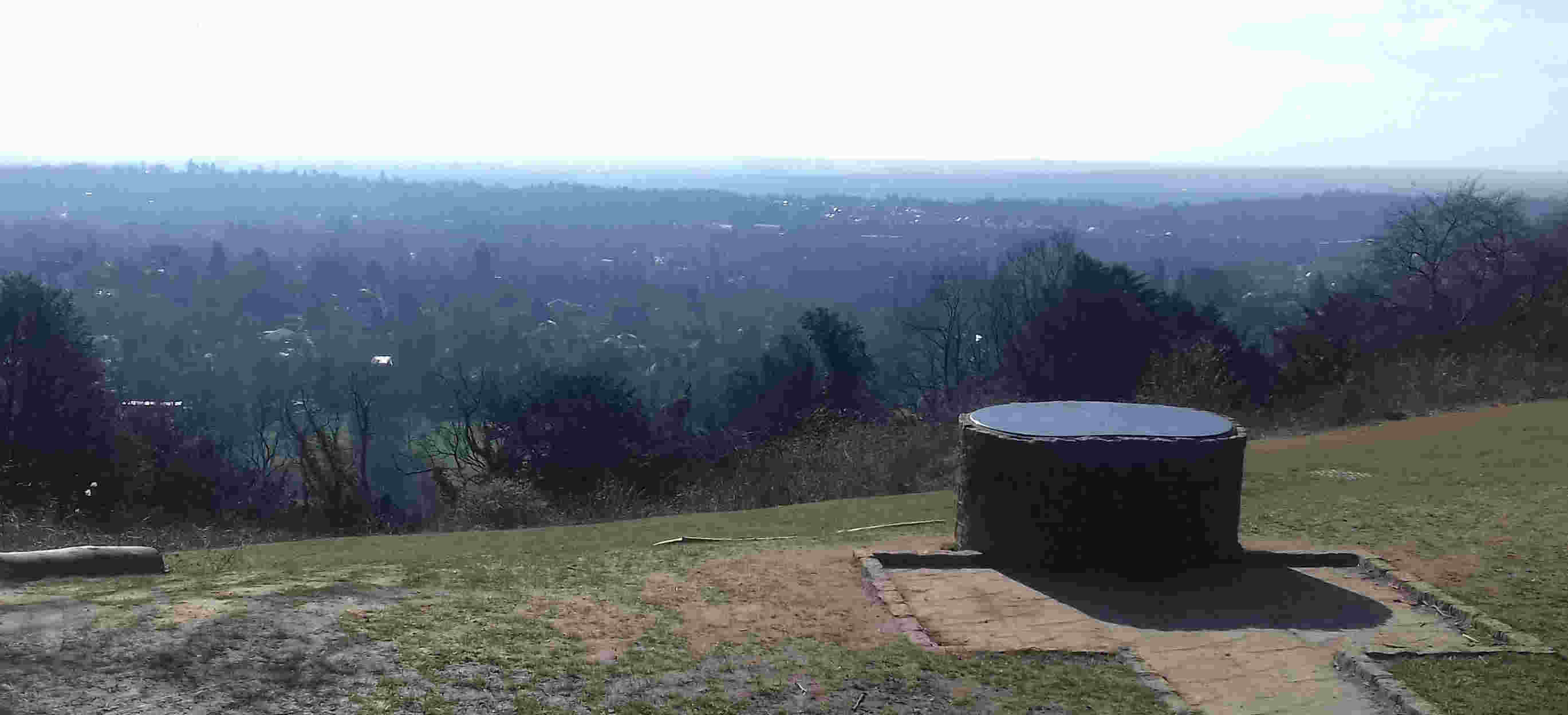
As you arrive, you should have noticed the foot bridge over the road. The bridge was complete in 1910 and replaced an earlier iron chain suspension bridge which opened in 1825. Originally the road up Reigate Hill crested the hill at the level of the footbridge. The stage coach traffic at the time was increasingly using the new road through (what would become) Redhill. Easing the gradient made Reigate Hill slightly more suitable for horse traffic. This left the footpath at a much higher level than the road and a bridge became necessary.
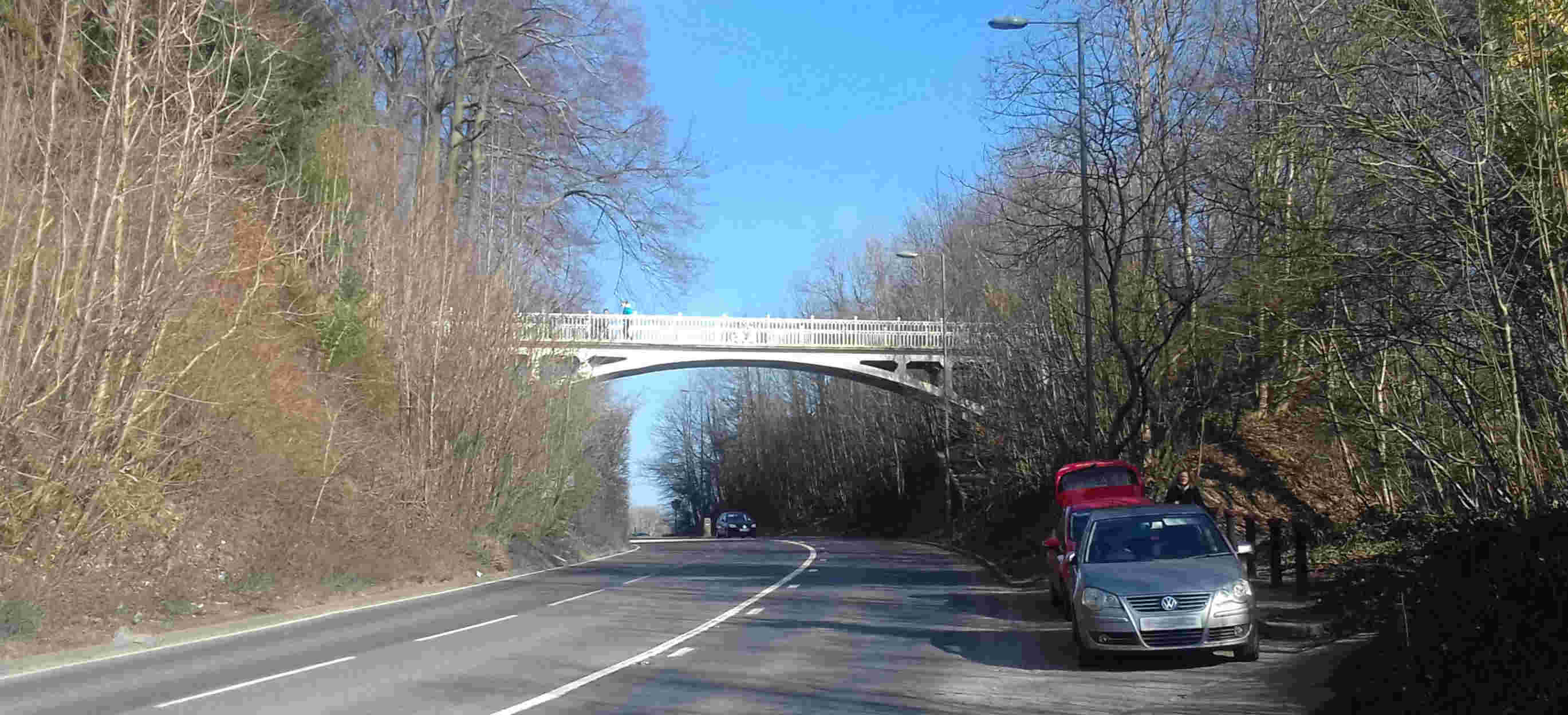
Continue west along the path. You will come to Reigate Fort which was built in 1898 as part of a line of defence for London and is one of 13 forts located along the North Downs. Like many forts of the day, it was constructed not to be seen from a distance. The medieval forts were vulnerable to the increasingly powerful artillery resulting in changes to castle design. The perceived threat from the French soon evaporated and the castle was sold in 1907. The fort is run by the National Trust. It is open most days, is free to enter and well worth a visit.
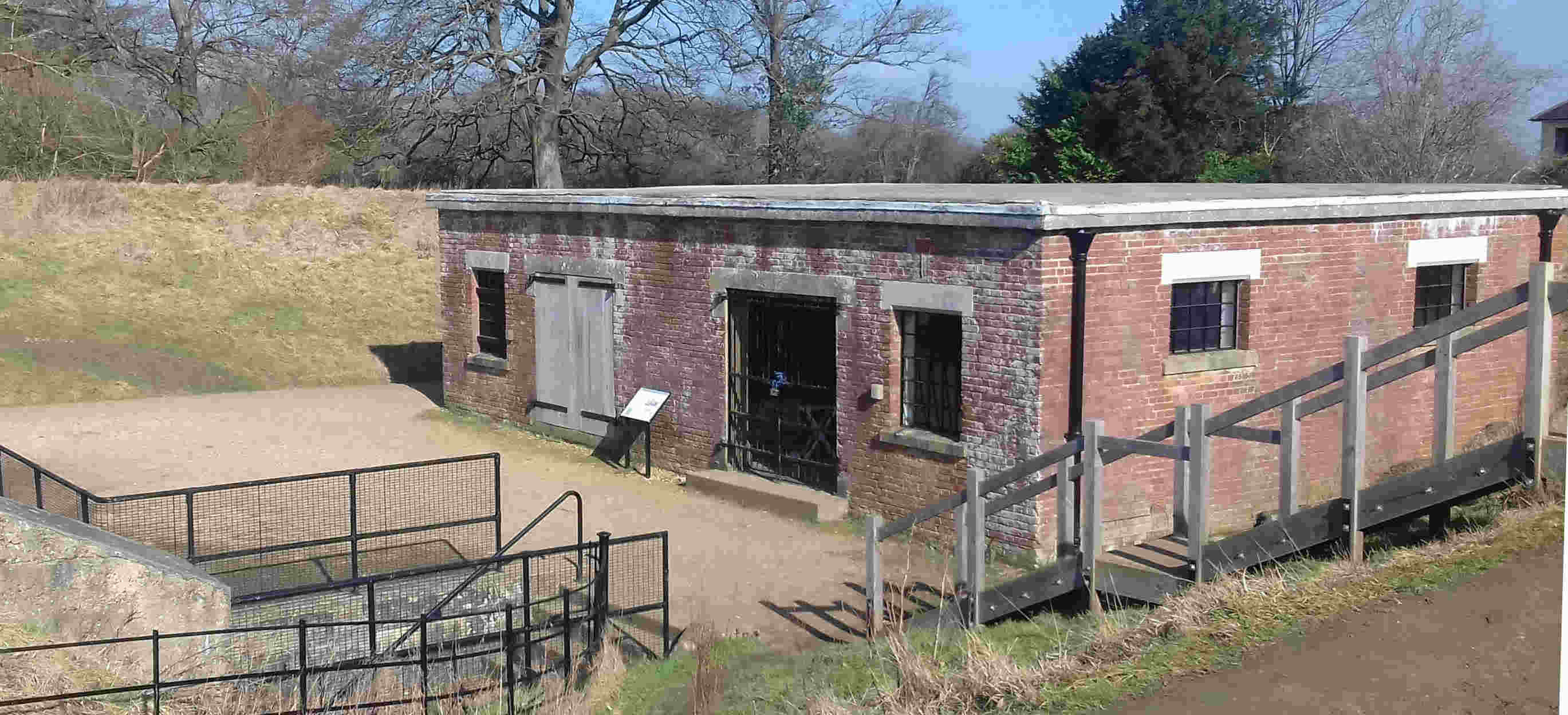
Continue further along the path and you will soon come to the memorial for a plane crash. On 19th March 1945 a US B17G Flying Fortress bomber was returning from a mission. Because of dense cloud, the formation of planes split up. The plane approached Reigate Hill too low and crashed into trees at the top of the hill with the sad loss of all nine of the crew. The memorial was opened 70 years to the day after the crash. It consists of two wing tips distanced by the wingspan of that type of plane.
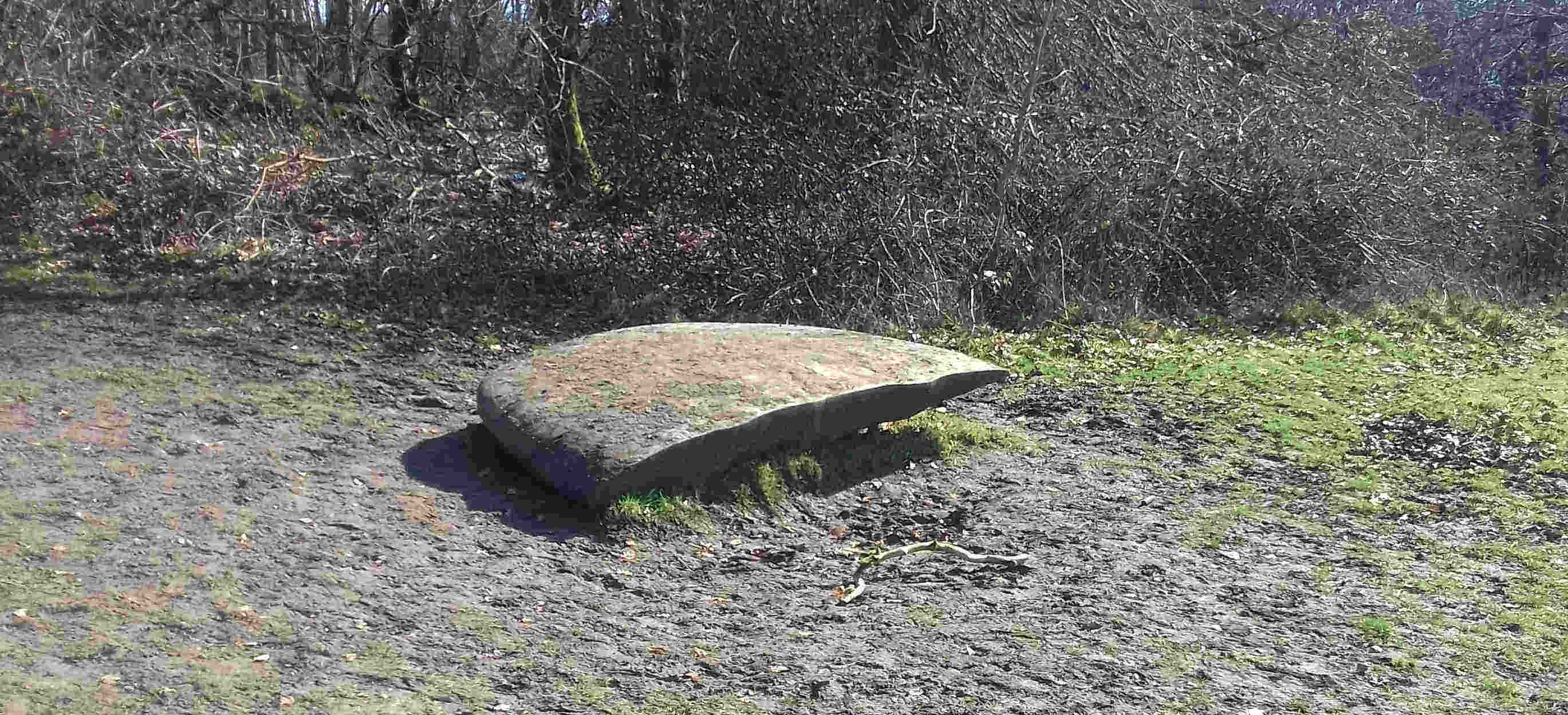
Continue further along the path and you will come to Colley Hill. As you pass through a gate into an open area, the Inglis Memorial is on your left. It was donated to the Borough of Reigate in 1909 by Lieutenant Colonel Sir Robert William Inglis and was originally a drinking fountain for horses. The memorial has a board indicating the points of interest. The view is one of the finest from the North Downs and there are a number of paths down the hill and towards Margery wood on the other side of the M25.
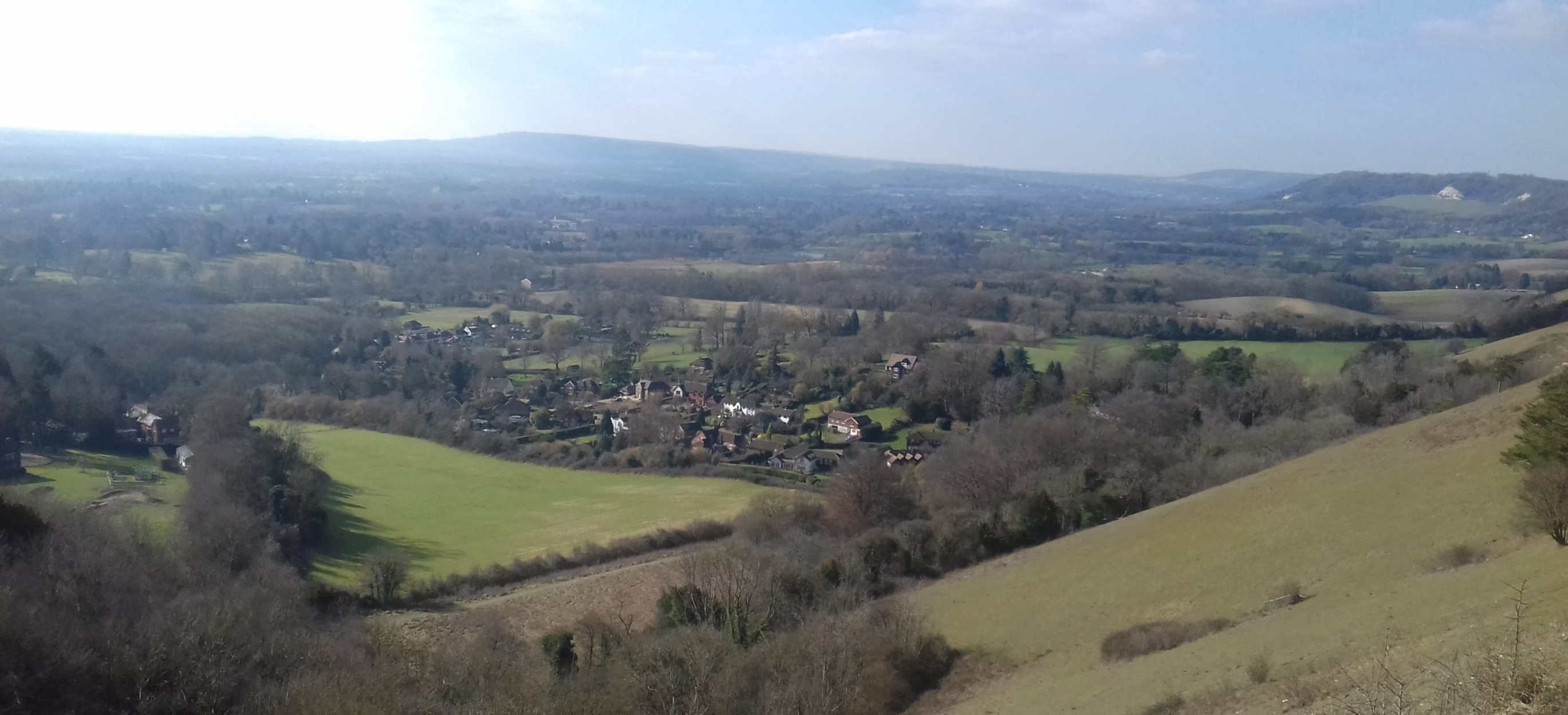
Our suggested route is to take the path down the scarp of the hill. You will need to walk a bit further and double back to find the path which runs downhill along the line of trees. This path is steep and the chalk is slippery in wet weather. The next point of interest is the Simpson memorial. It is dedicated to Capt. George Simpson of 5th Battallion Queens Royal West Surrey regiment who died in 1909 after a short illness. He was 26. This area of Colley Hill was donated to the borough by his mother.
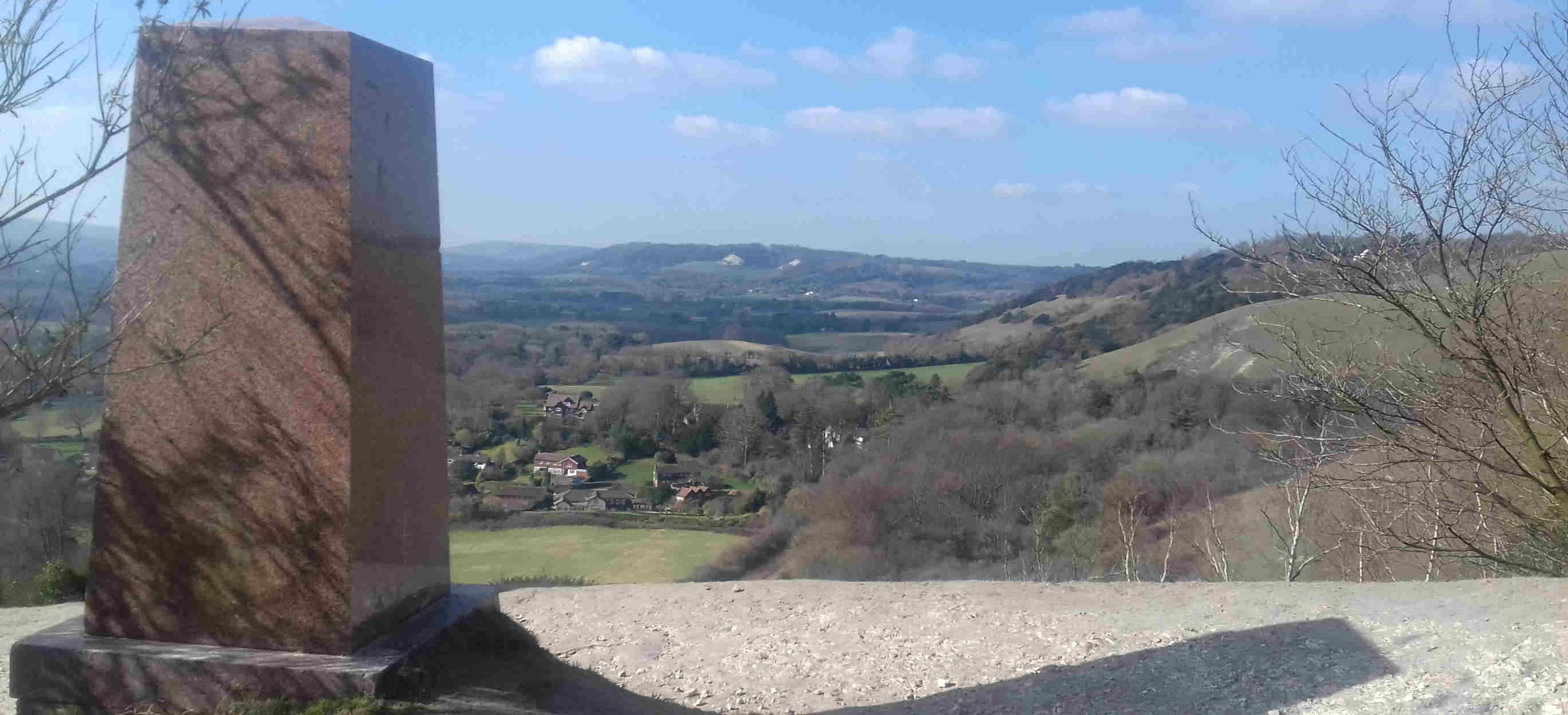
Continue down the path until you reach a road. There are a number of routes heading east back to the A217 Reigate Hill. The view here shows the path along the foot of the hill looking west towards Dorking in snowy conditions. This path is part of the North Downs Way and passes through the Denbies estate in Dorking.
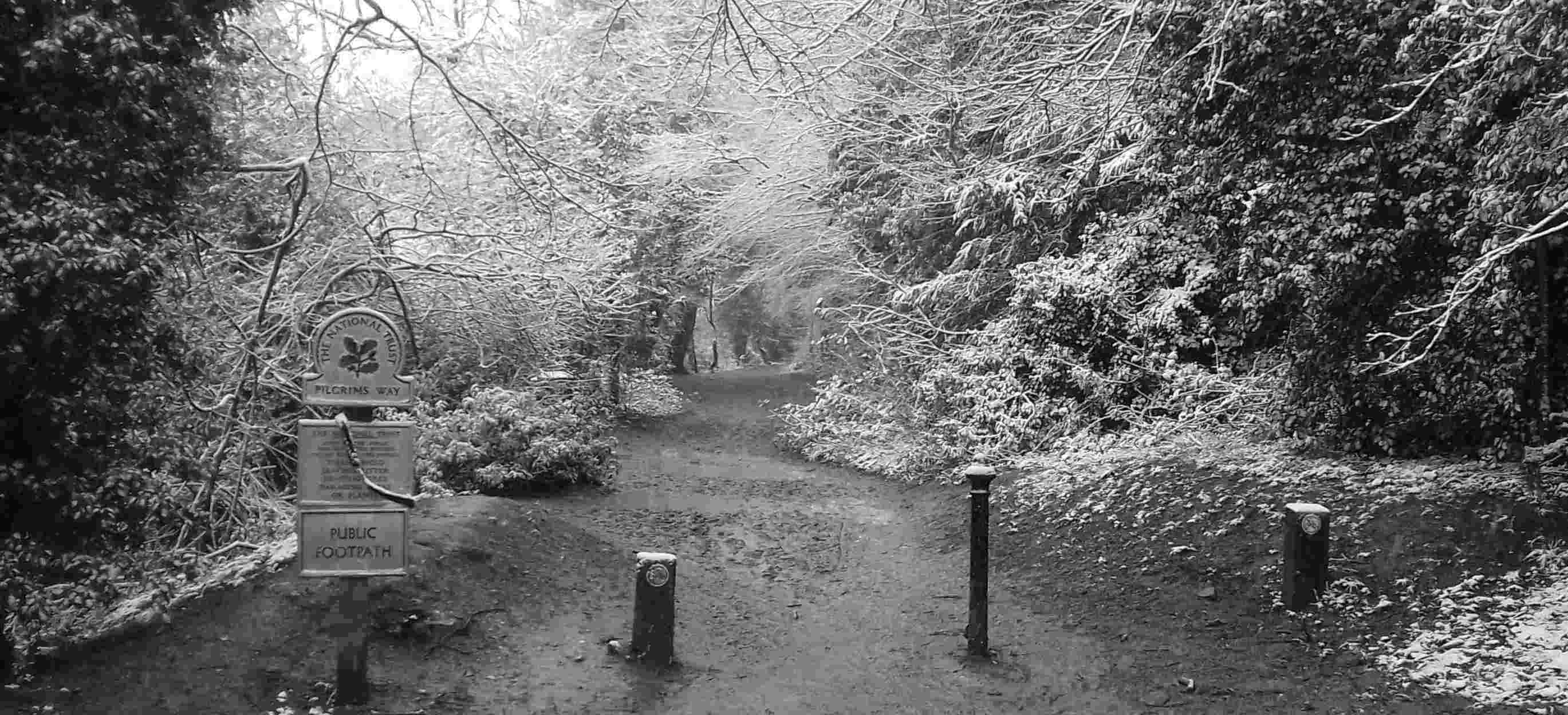
A visit to Gatton Park is thoroughly recommended. This is not free to enter and is difficult to reach by public transport. There are paths from the Wray Lane car park. The gardens were designed by Lancelot 'Capability' Brown. There are extensive walks round the lakes and to the Japanese garden. The manor can be traced back to the Domesday Book. The grounds were landscaped by Brown between 1762 and 1768. From 1830, the estate was owned by the Monson family.
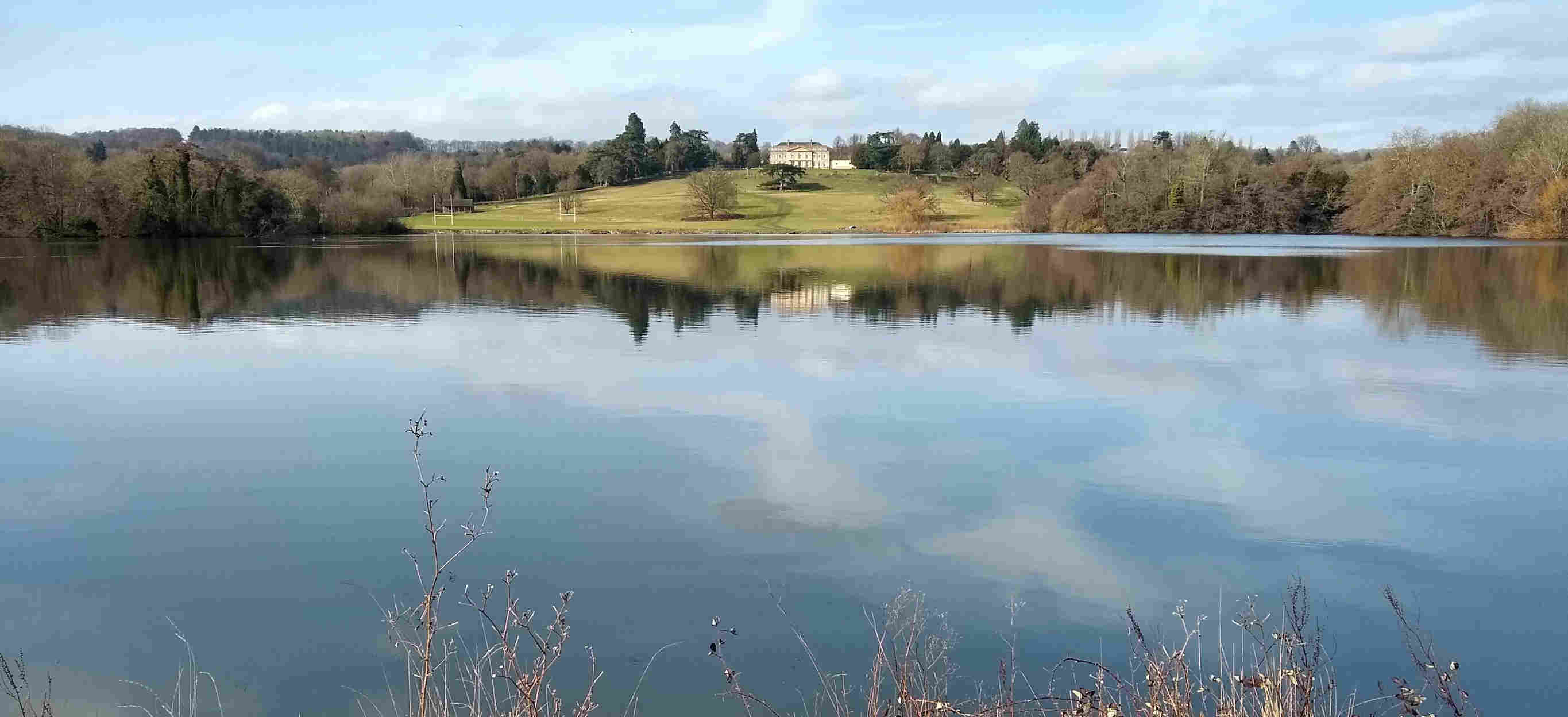
All photos taken by Bruce Healey except Gatton Park which was by Christine Dunford.
